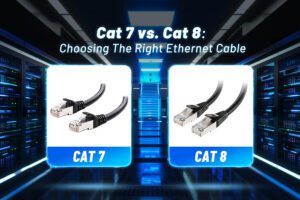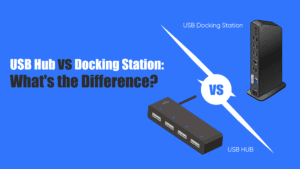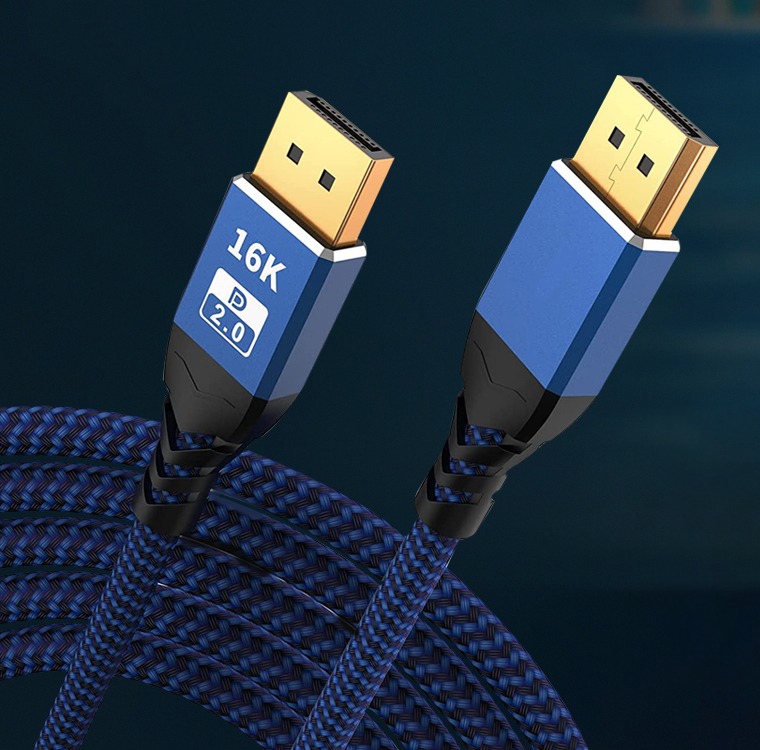1. Introduction
Background
Ethernet and WiFi are two predominant technologies used for network connectivity. Ethernet, a wired technology, has been a staple in networking for decades, known for its reliability and speed. WiFi, a wireless technology, offers the convenience of mobility and ease of installation.
2. Technical Specifications
Overview of Ethernet Technology
Ethernet is a wired networking technology that uses cables to connect devices within a local area network (LAN). It adheres to the IEEE 802.3 standard and supports various data transfer rates, including 10 Mbps, 100 Mbps, 1 Gbps, and 10 Gbps.
Overview of WiFi Technology
WiFi is a wireless networking technology that uses radio waves to provide network connectivity. It adheres to the IEEE 802.11 standards, with versions such as 802.11a, 802.11b, 802.11g, 802.11n, 802.11ac, and 802.11ax, each offering different data transfer rates and capabilities.
3. Data Transfer Rates and Bandwidth
Ethernet Capabilities
Ethernet supports various data transfer rates:
- Fast Ethernet (100 Mbps)
- Gigabit Ethernet (1 Gbps)
- 10 Gigabit Ethernet (10 Gbps)
- Higher speeds (40 Gbps, 100 Gbps) for specialized applications
WiFi Capabilities
WiFi supports various data transfer rates depending on the standard:
- 11b: Up to 11 Mbps
- 11g: Up to 54 Mbps
- 11n: Up to 600 Mbps
- 11ac: Up to 3.5 Gbps
- 11ax (WiFi 6): Up to 9.6 Gbps
Comparative Analysis
While Ethernet generally offers higher and more consistent data transfer rates compared to WiFi, WiFi provides the advantage of mobility and ease of installation. The choice between the two depends on the specific requirements of the network, including speed, reliability, and mobility.
4. Physical and Structural Characteristics
Ethernet Cables and Connectors
Ethernet uses various types of cables, including Cat5, Cat5e, Cat6, and Cat7, each supporting different data transfer rates and distances.
WiFi Adapters and Antennas
WiFi relies on wireless adapters and antennas to connect devices to the network. These adapters can be built into devices or added externally via USB or PCIe slots.
Comparative Analysis
Ethernet’s physical infrastructure requires cabling and connectors, which can be cumbersome but provide a stable connection. WiFi’s infrastructure, relying on wireless signals, offers flexibility and ease of use but may be subject to interference and signal degradation.
5. Signal Integrity and Quality
Signal Transmission in Ethernet
Ethernet uses electrical signals transmitted over cables, providing a stable and consistent connection with minimal interference. Shielded cables can further reduce electromagnetic interference (EMI).
Signal Transmission in WiFi
WiFi uses radio waves to transmit signals, which can be affected by physical obstructions, interference from other devices, and distance from the access point. Signal quality can vary, leading to potential connectivity issues.
Error Detection and Correction
Both Ethernet and WiFi include error detection and correction mechanisms to maintain signal integrity and ensure reliable data transmission.
Shielding and Interference
Ethernet cables can be shielded to protect against EMI, while WiFi signals can be affected by various sources of interference, including other wireless devices, microwaves, and physical barriers.
6. Compatibility and Interoperability
Device Compatibility with Ethernet
Ethernet is compatible with a wide range of devices, including computers, routers, switches, and networked peripherals. It supports backward compatibility with older Ethernet standards.
Device Compatibility with WiFi
WiFi is compatible with many modern devices, including laptops, smartphones, tablets, and IoT devices. It supports backward compatibility with older WiFi standards.
Interoperability
Both Ethernet and WiFi maintain interoperability with other network technologies through the use of routers, access points, and adapters, ensuring seamless connectivity across different devices and standards.
7. Power Management and Efficiency
Power over Ethernet (PoE)
Ethernet supports Power over Ethernet (PoE), allowing devices such as IP cameras, access points, and VoIP phones to receive power and data through a single cable, reducing cable clutter and simplifying installation.
Power Consumption in WiFi
WiFi devices typically consume more power compared to Ethernet devices, especially when transmitting data over longer distances. Battery-powered WiFi devices may require frequent recharging.
Efficiency Improvements
Ongoing advancements in both Ethernet and WiFi technologies continue to improve energy efficiency and performance, making them more suitable for various applications.
8. Applications and Use Cases
Consumer Electronics
Ethernet is commonly used in home networking for connecting devices that require stable and high-speed connections, such as gaming consoles and smart TVs. WiFi is widely used for mobile devices, providing internet access throughout the home.
Professional and Industrial Applications
In professional and industrial settings, Ethernet is used for applications requiring high reliability and low latency, such as data centers and industrial automation. WiFi is used for applications requiring mobility, such as warehouse management and remote monitoring.
Emerging Technologies
Both Ethernet and WiFi play significant roles in emerging technologies, such as smart homes, IoT, and autonomous vehicles, where reliable and flexible connectivity is essential.
9. Security Considerations
Security in Ethernet Networks
Ethernet networks generally consider more secure due to their wired nature, making it difficult for unauthorized users to access the network without physical access to the cables.
Security in WiFi Networks
WiFi networks are more susceptible to security threats, such as eavesdropping and unauthorized access. Security protocols like WPA3 and regular updates are essential to protect WiFi networks.
Vulnerabilities and Mitigation Strategies
Both Ethernet and WiFi networks have vulnerabilities that need to address through proper network design, regular updates, and the use of security protocols and encryption.
10. Future Trends and Developments
Advancements in Ethernet Technology
Future advancements in Ethernet technology expect to focus on increasing data transfer rates, improving energy efficiency, and enhancing support for emerging applications such as IoT and smart cities.
Advancements in WiFi Technology
WiFi technology expect to continue evolving, with advancements such as WiFi 6E and WiFi 7 offering higher speeds, lower latency, and improved performance in dense environments.
Market Adoption and Industry Trends
The adoption of both Ethernet and WiFi technologies expect to continue growing, driven by the increasing demand for reliable and high-speed connectivity in both consumer and professional markets.







